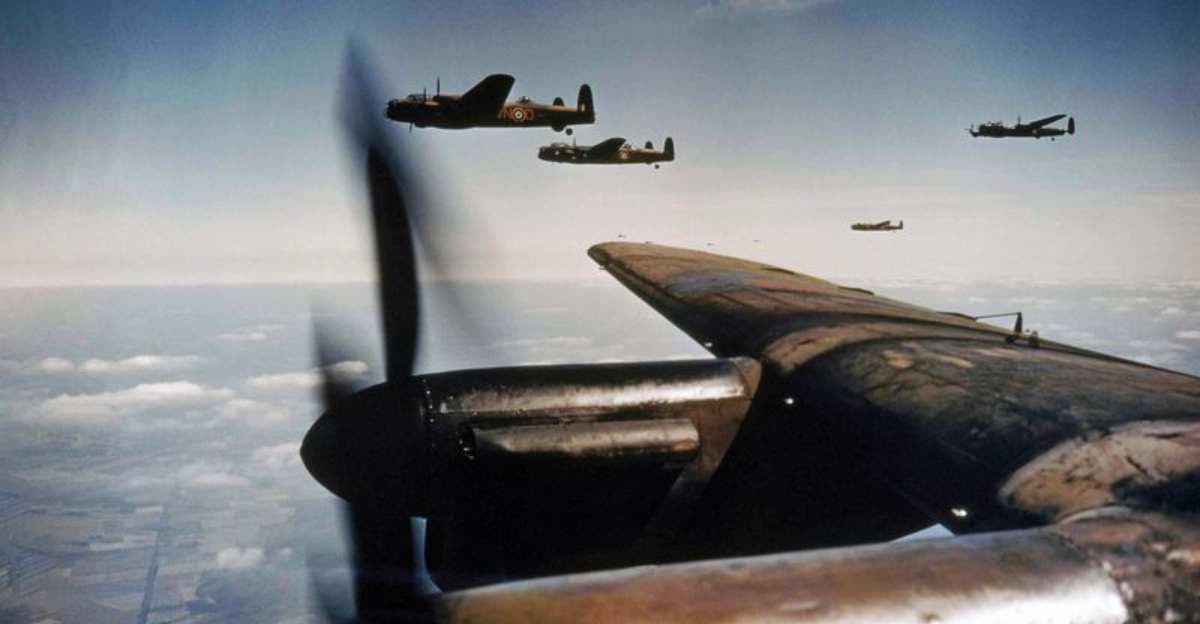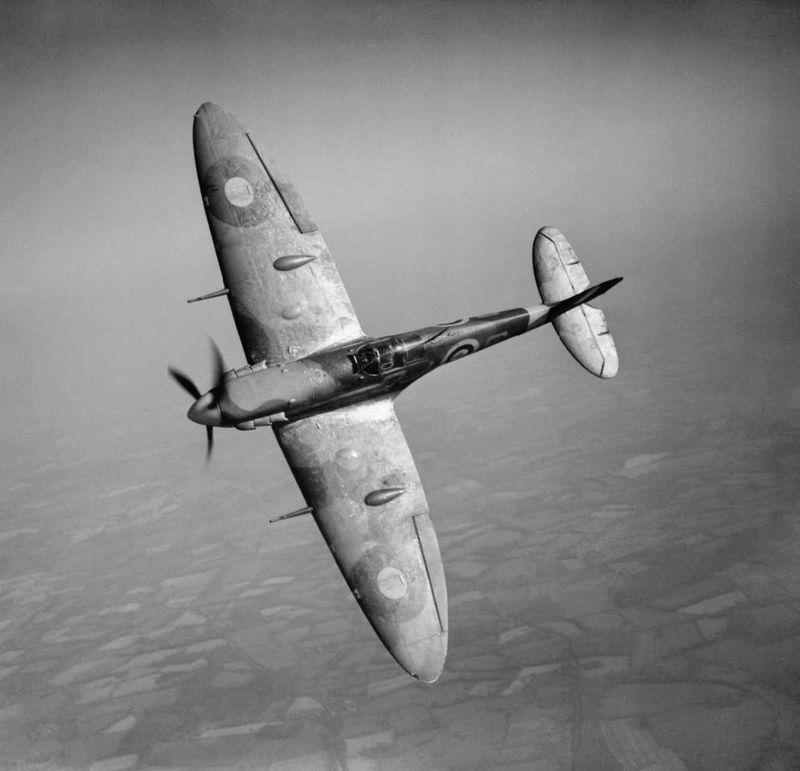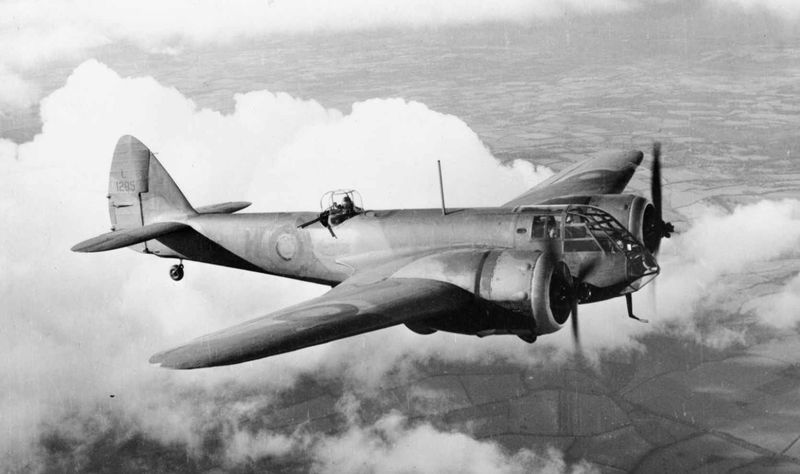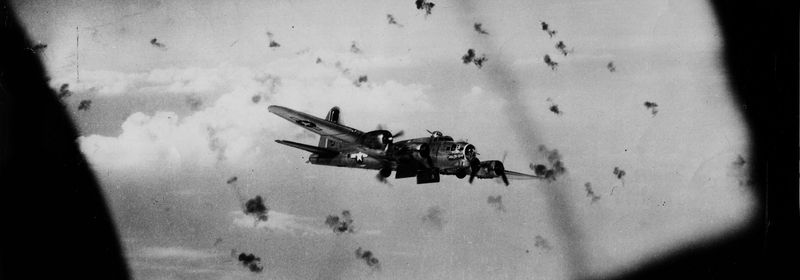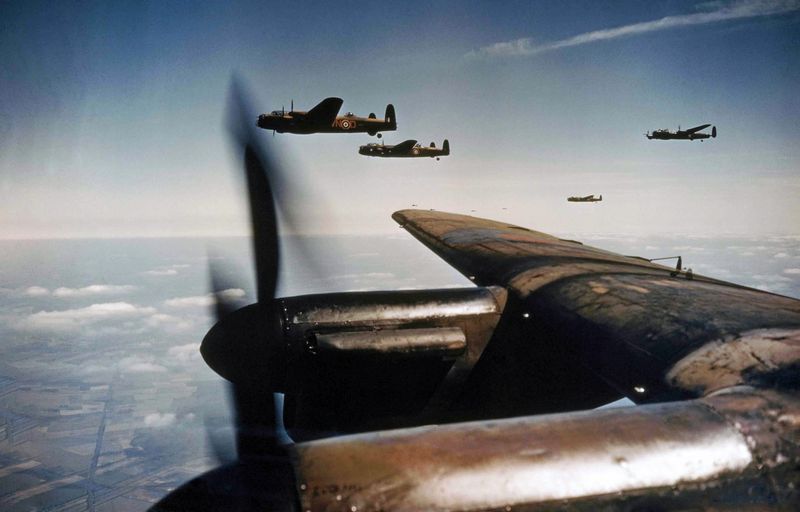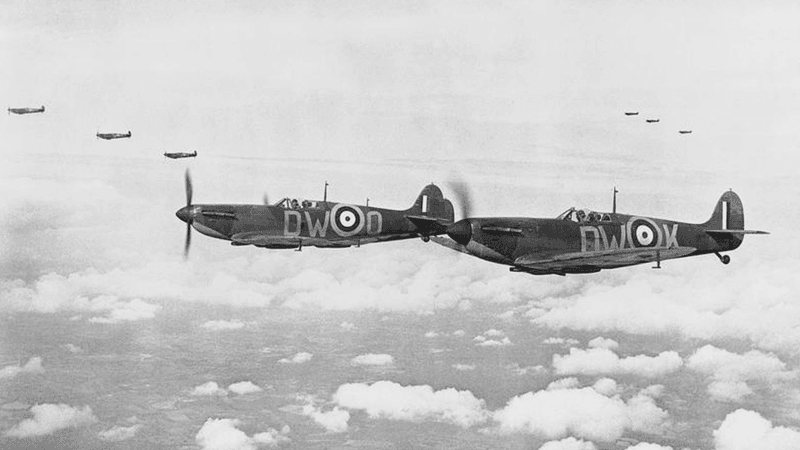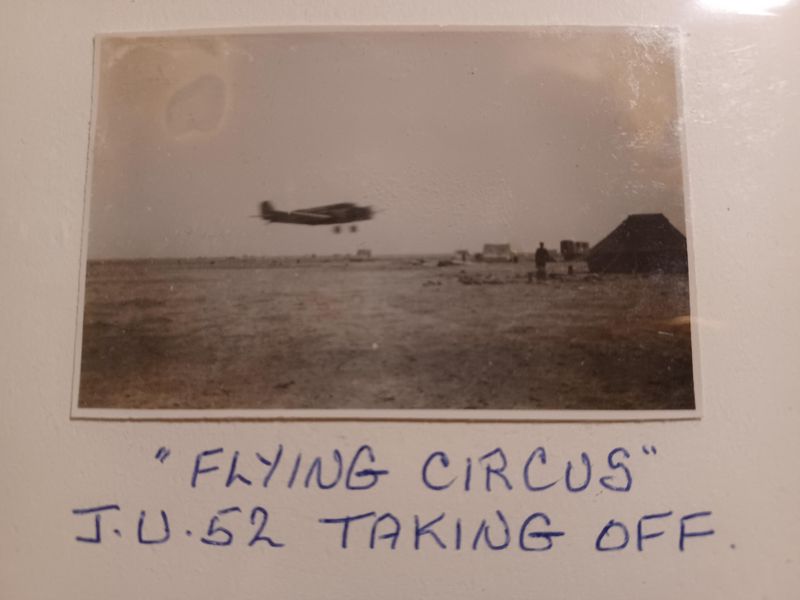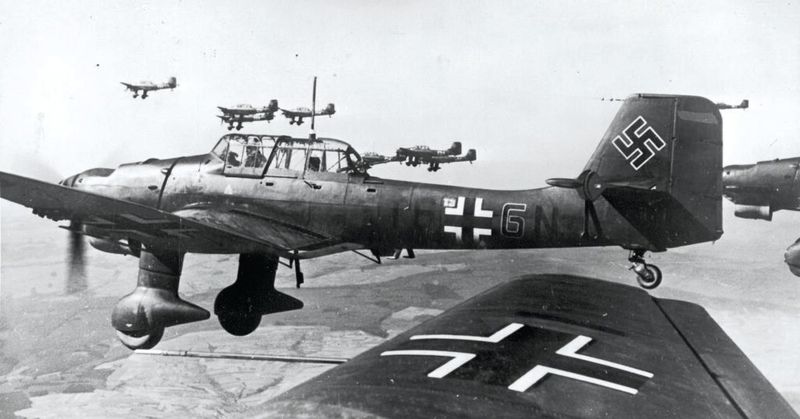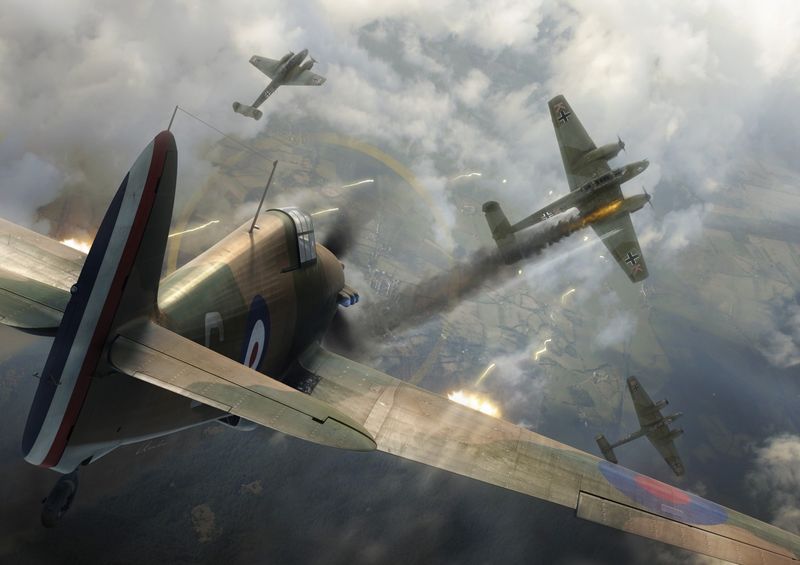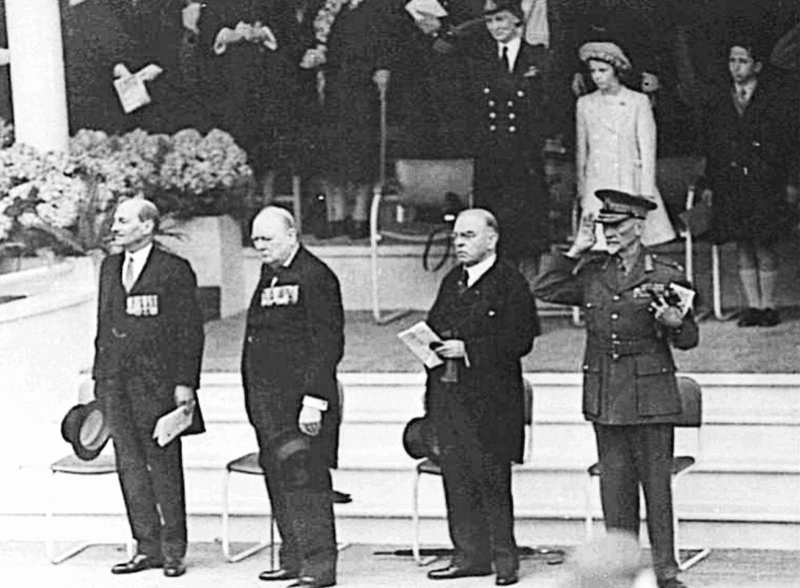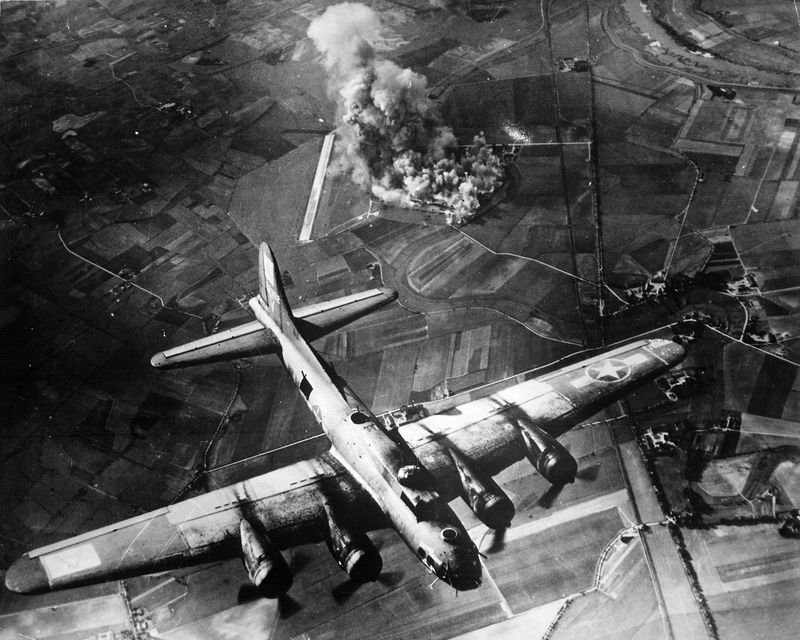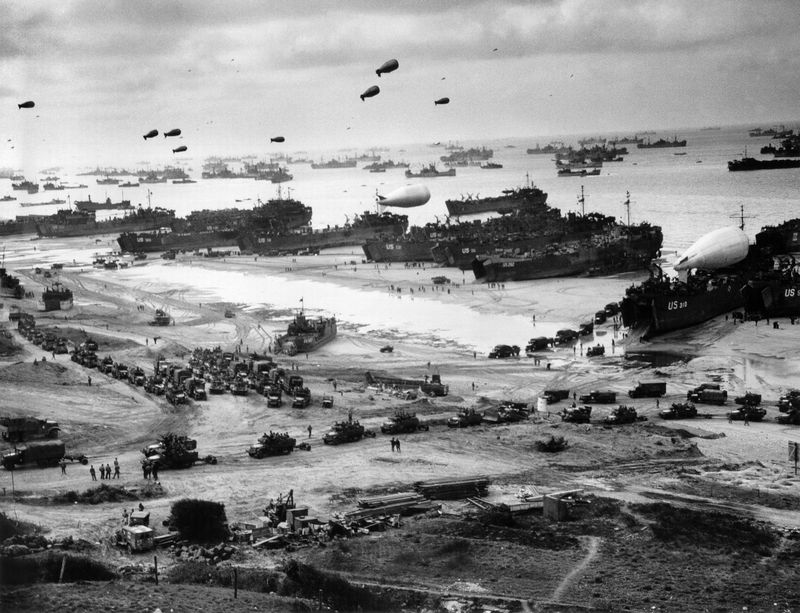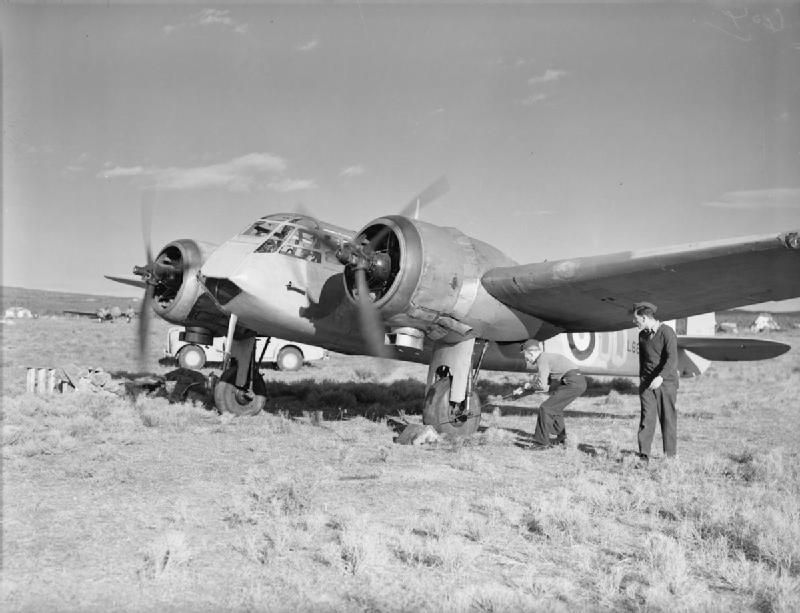Some World War II operations were daring. Some were disastrous. And then there was Operation Circus—a plan so baffling, it’s become a case study in military misjudgment. What was meant to be a show of air power turned into a costly, head-scratching spectacle that left even seasoned historians wondering, what were they thinking? Here’s why Operation Circus stands out as one of the strangest Allied missteps of the war:
1. Yes, It Was Actually Called “Circus”
The British Royal Air Force (RAF) dubbed the operation “Circus”—and the name turned out to be unintentionally appropriate. Intended as an aggressive daylight bombing campaign over Nazi-occupied Europe, it quickly spiraled into an aerial farce. The intention behind the evocative name was to showcase a spectacle of strength, yet it ended up reflecting the chaotic and disorganized nature of the missions. As pilots took to the skies, what was meant to be a bold statement quickly transformed into a situation reminiscent of a three-ring circus, leaving both sides perplexed.
2. The Main Goal? Baiting the Luftwaffe
Circus wasn’t about taking out key infrastructure or winning strategic positions. The idea was to provoke the German Luftwaffe into battle. RAF bombers, with fighter escort, would hit targets in broad daylight to force German fighters into the sky. The hope was to lure them into a fight the RAF could win. However, this baiting strategy proved overly ambitious and risky, as the Germans soon caught on to the ploy. While bold and daring, the execution fell short, leading to unnecessary losses and little strategic advantage.
3. The Targets Were Often… Useless
Rather than aiming for high-value military or industrial sites, the RAF often bombed minor targets—or ones already destroyed. Why? Because the real goal wasn’t the target—it was the trap. RAF leadership believed that by focusing on these lesser targets, they could more easily draw out the Luftwaffe. However, this approach meant risking men and machines for virtually no gain. The targets, often insignificant and strategically irrelevant, rendered the attacks futile, turning the missions into exercises in futility and leaving many questioning the operation’s wisdom.
4. Bombers Became Bait
RAF bombers were slow and vulnerable. Flying into enemy territory in broad daylight made them sitting ducks. They were essentially used as bait to lure the Luftwaffe into confrontation. However, the Germans knew what the British were doing—and were more than happy to turn the tables. This tactic not only exposed the bombers to great risk but also highlighted the desperate measures taken by the RAF to gain air superiority. The gamble, fraught with peril, often ended in tragedy rather than triumph, underscoring the operation’s flawed logic.
5. Fighter Escorts Couldn’t Keep Up
The RAF’s Spitfires and Hurricanes were excellent in dogfights, but they had limited range. That meant they often had to turn back before the bombers reached their targets—leaving the slower planes defenseless over hostile skies. This limitation was a critical oversight in the planning of Operation Circus. Without adequate fighter cover, bombers became easy prey for the Luftwaffe. The escorts’ inability to provide sustained protection not only jeopardized the missions but also highlighted the technological and logistical challenges faced by the RAF during this time.
6. Heavy Losses, Little Gain
Between 1941 and 1942, the Circus operations led to significant RAF losses. Bombers were shot down. Skilled fighter pilots were killed or captured. The Luftwaffe barely flinched despite the risks taken by the RAF. The high cost of these operations, in both men and machines, far outweighed any potential benefits gained. This sobering reality forced military leaders to reassess their strategy and highlighted the operation’s inefficacy. The aftermath was a poignant reminder of the harsh realities of aerial warfare and the need for more effective planning and execution.
7. The Germans Saw Through the Ruse
German commanders quickly recognized the RAF’s tactic and refused to play along. Rather than being drawn into open battle, the Luftwaffe picked off bombers with minimal effort and avoided unnecessary risk. This insight into the operation’s true intent allowed German forces to maintain their defensive stance while suffering minimal losses. The Luftwaffe’s strategic foresight and adaptability proved crucial in countering the RAF’s efforts, leaving British forces frustrated and outmaneuvered. The Germans’ ability to anticipate and respond effectively further underscored the operation’s inherent flaws.
8. The RAF Was Fighting a War It Couldn’t Win—Yet
At the time of Circus, the RAF simply didn’t have the long-range fighters, experience, or technological advantage to dominate the skies over continental Europe. In effect, they were punching above their weight—and paying the price. The limitations in aircraft capabilities and the lack of seasoned combat experience were glaring. Despite their determination, the odds were stacked against them. This period was one of trial and error, with hard lessons learned paving the way for future successes. The struggle highlighted the need for innovation and adaptation in the face of adversity.
9. Even Churchill Was Frustrated
Winston Churchill was reportedly unimpressed with the operation’s results. He expected bold action—but not reckless theater. This disconnect between strategic objectives and operational execution led to frustration at the highest levels of British leadership. Historians suggest that Circus was more about appearances than strategy, a show of resistance when the Allies were otherwise on the defensive. Churchill’s dissatisfaction hinted at the broader challenges of coordinating effective military campaigns during the war. His reaction underscored the importance of aligning tactical decisions with broader strategic goals.
10. It Became a Textbook Example of What Not to Do
Modern military strategists now study Operation Circus as a cautionary tale. It highlights the dangers of planning offensives based on enemy reaction rather than tangible objectives. As one analyst put it: “You can’t win a war by daring the enemy to hit you back.” The operation serves as a stark reminder of the importance of clear, achievable goals in military planning. The lessons learned from Circus have informed countless subsequent campaigns, shaping tactical doctrines and training programs for future generations of military leaders. It stands as a testament to the value of learning from past mistakes.
11. The RAF Would Learn—And Adapt
Despite its failures, Circus taught the RAF critical lessons about air superiority, long-range engagement, and coordination. By the time of D-Day in 1944, Allied air forces were vastly more effective—and wiser for the missteps of 1941. The experiences gained and the mistakes made during Operation Circus contributed to a more informed and strategic approach in subsequent operations. This evolution in tactics and understanding of air warfare underscored the RAF’s resilience and capacity to adapt under pressure. The transformation from failure to effectiveness was a testament to the enduring spirit of the Allied forces.
12. It Was a Circus—Just Not the Kind They Intended
Looking back, it’s easy to see why Operation Circus has become a symbol of strategic overreach. Brave pilots, flawed leadership, and a plan that relied more on hope than logic made for a bizarre chapter in WWII history. The name itself became a fitting metaphor for the chaos that ensued, as the operation unfolded more like a theatrical production than a military campaign. The misadventures and miscalculations of Circus serve as a reminder of the complexities and unpredictabilities inherent in warfare, where even the best-laid plans can go awry.
